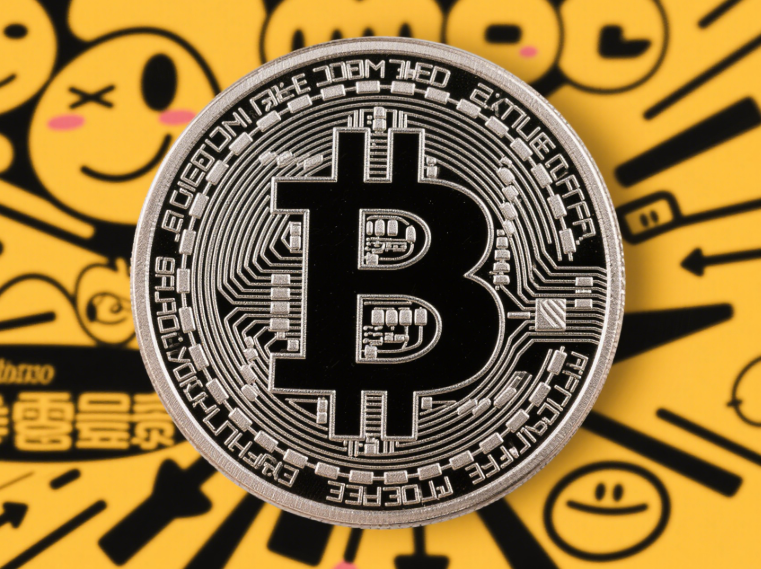In the world of Bitcoin and other cryptocurrencies, futures trading has increasingly attracted investors' interest. For those looking to capitalize on market volatility for higher returns, selecting the right futures exchange is critical. Among various considerations, high leverage and low fees stand out as two crucial indicators. However, they are not always straightforwardly opposed; understanding the trade-offs between these two can help investors achieve profitability in a complex market environment.
In this article, we will delve into the definitions of high leverage and low fees, compare their pros and cons, and discuss how to choose a suitable futures exchange based on your trading strategy. Whether you’re a newcomer to the crypto space or an experienced investor, mastering this information can help you make wiser trading decisions.
The Allure of High Leverage
Let’s start by discussing high leverage. Simply put, leverage allows you to control a larger position with a smaller investment. In futures trading, leverage can often reach 10x, 50x, or even more. This means that with just $1,000 of your own capital, you could control a contract worth up to $10,000. The advantage of this strategy is that you can achieve a higher potential return with a smaller investment.
For example, if you buy one Bitcoin with 10x leverage at a current price of $20,000, and the price rises to $22,000, your profit would be:
(22,000 - 20,000) × 10 = $20,000.

However, while leverage can amplify profits, it also magnifies risks. If the market moves against you, losses can escalate quickly, potentially leading to liquidation.
The Importance of Low Fees
Next, let’s look at low fees. In cryptocurrency trading, fees are another crucial factor that should not be overlooked. This is especially true for high-frequency traders and day traders. Lower trading fees can significantly increase your overall profitability. Imagine if you conduct ten trades a day, each with a fee of 0.1%; each trade’s success or failure will directly impact your overall profit.
Choosing an exchange with low fees can save you a significant amount over the long term. For instance, some futures exchanges may charge up to 0.2% or more, while others might offer rates at 0.1% or lower. While this seems minor, it can accumulate to a substantial cost in frequent trading scenarios.
Weighing High Leverage Against Low Fees
When selecting a futures exchange, investors face the critical decision: should they opt for high leverage or low fees? This choice is not black and white, as it depends on individual trading styles and risk tolerance.
Suitability of High Leverage:
Ideal for Short-Term Traders: High leverage may appeal to short-term traders who frequently enter and exit the market and want to capitalize on short-lived price movements.

Requires Strong Market Analysis Skills: Trading with high leverage demands accurate market assessments; even slight errors can result in significant losses.
Advantages of Low Fees:
Ideal for Long-Term Investors: Long-term holders should prioritize exchanges that offer lower fees to maximize returns over time.
Enhances Investment Returns: Lower fees can lead to considerable savings, increasing the effect of compounding interest.
How to Choose a Futures Exchange
With a clear understanding of the characteristics and trade-offs between high leverage and low fees, here are key factors to consider when selecting a futures exchange:
Reputation of the Exchange:
Opt for reputable exchanges with positive user reviews to ensure safety and stability.
Leverage Options:
Choose an appropriate leverage multiplier based on your risk appetite; some exchanges allow users to customize leverage.

Fee Structure:
Understand the exchange’s fee structure, including opening, closing, and withdrawal fees, and strive to select one with lower overall costs.
Trading Variety and Liquidity:
Different exchanges support different contract types and have varying liquidity; ensure that the chosen exchange meets your trading needs.
User Experience and Customer Support:
Compare user-friendliness of interfaces and responsiveness of customer support, as a good user experience can enhance your trading activities.
Conclusion
Choosing a futures exchange is not a straightforward task, especially when weighing high leverage against low fees. Whether you are a short-term trader seeking high returns or a long-term investor looking for steady growth, it is essential to align your choices with your unique needs and thoroughly evaluate the different indicators available. Remember, successful trading relies not only on skill but also on rational choices and sound strategies. I hope this article helps you navigate the complexities of the trading landscape effectively!
















No comments yet